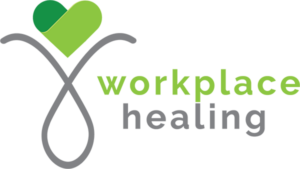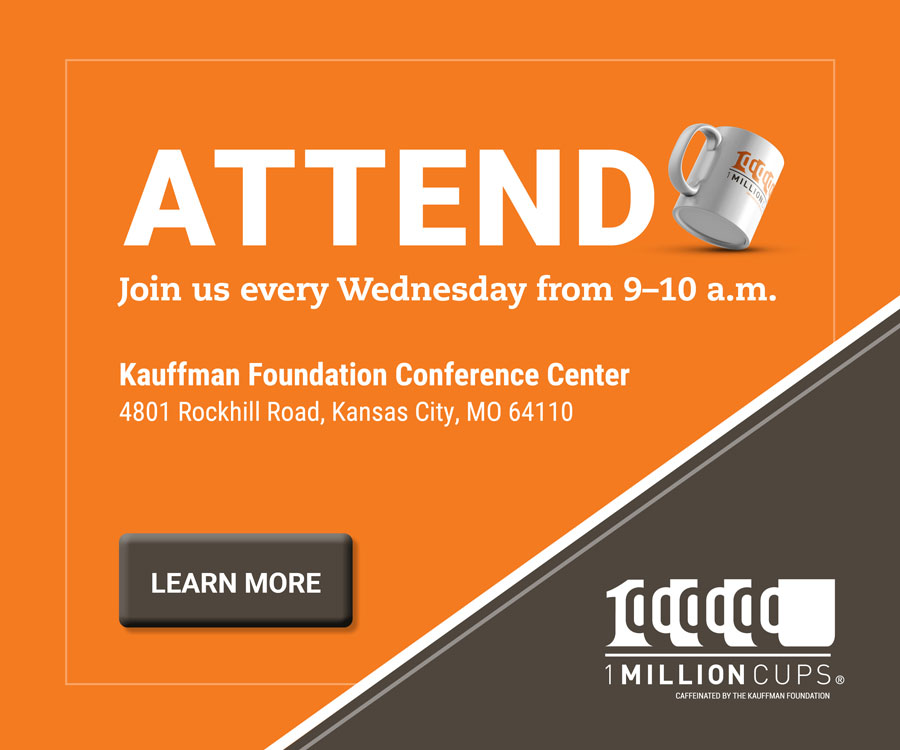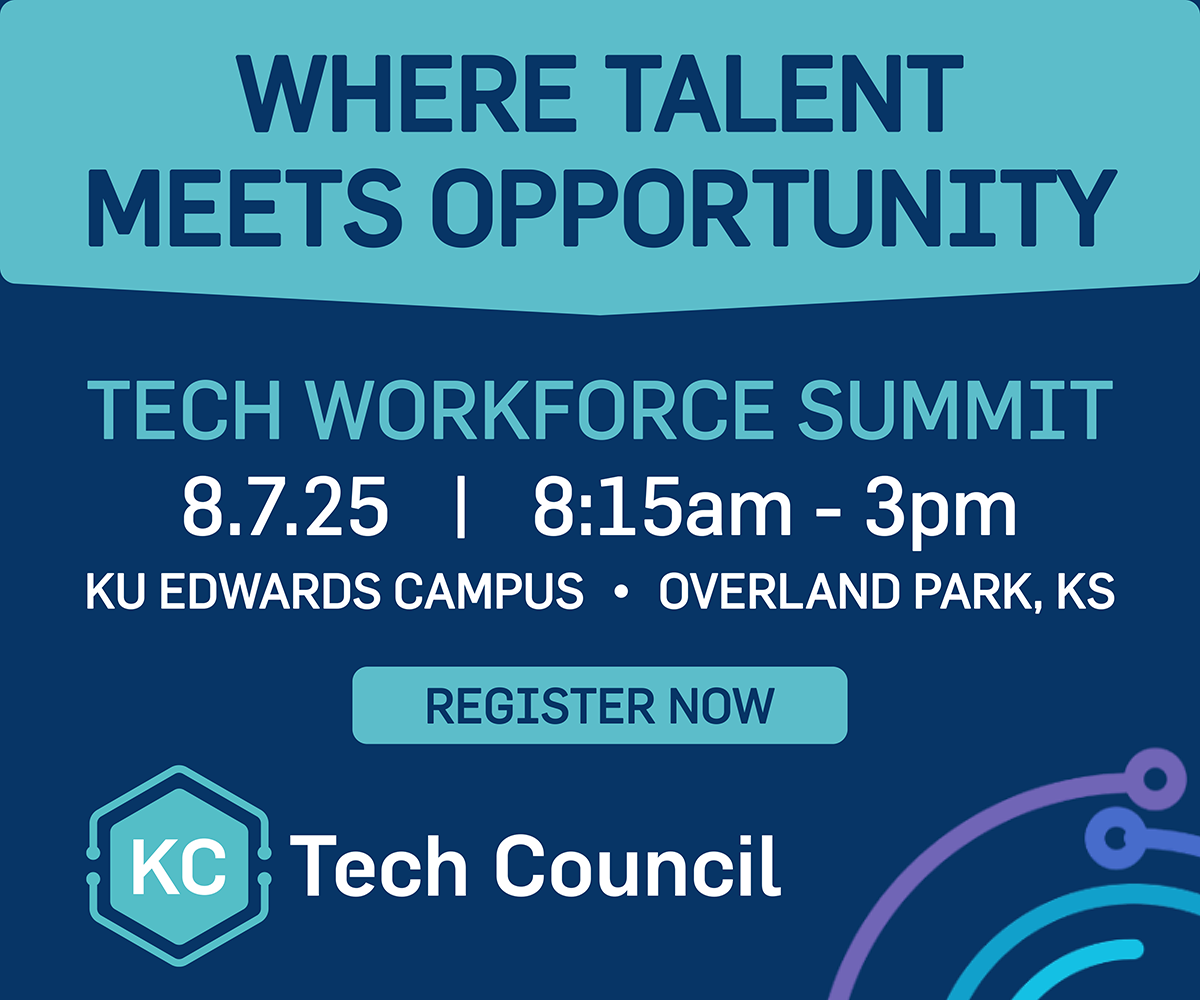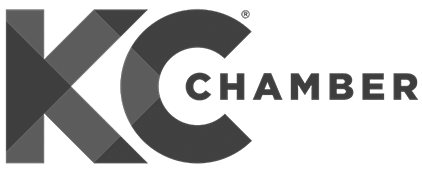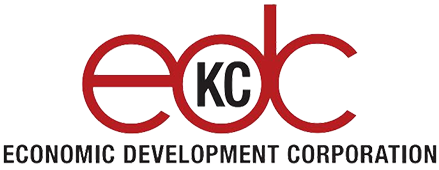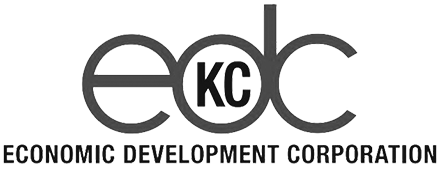An Overland Park-based HRtech startup has added new tools to its B2B software platform that equips corporate leaders with the necessary knowledge to support grieving employees.
This summer, Workplace Healing launched its Grief Forecast, a free resource that calculates how much a company will lose from its annual bottom line by not properly supporting employees experiencing grief-driven life disruptions.
“Employers are surprised to learn that employee grief is costing them productivity dollars,” said co-founder Lisa Cooper. “Before, they might have assumed that when someone comes back from bereavement, they’re ‘back to normal.’ By showing them the Grief Forecast, it really makes concrete what they could stand to lose. … It’s been a big ‘a-ha moment’ for decision makers.”
The Grief Forecast calculates average annual lost productivity based on a company’s employee count and average salary.
The proprietary algorithm — created by Jared Steinshouer of Optimally, who serves as a fractional CFO for Workplace Healing — factors how unsupported grieving employees may experience increased levels of absenteeism, presenteeism, turnover, and lost productivity.
This new tool supplements Workplace Healing’s existing Human Recovery Platform, which provides information and resources that managers can use to build a recovery plan for grieving employees.
“So many times, people want to have proof of what you’re saying,” said co-founder Mindy Corporon. “I knew I had my experience of grief. I knew what grief could do, but we didn’t really have hard evidence. … We know that we’re making a difference and an impact, but we also want to be able to measure that.”
Listening to users: Caregiver needs often overlooked
In addition to launching the Grief Forecast, Workplace Healing has added more channels within its Human Recovery Platform to address different forms of grief.
The software initially focused on ways to support employees grieving the death of a loved one, but through conversations with clients, Cooper said she and Corporon quickly realized the need for a caregiving channel.
“It’s all based on what we’re hearing back from prospects and clients,” Cooper said. “When we started the platform, we started with our death scenarios. That’s what Mindy and I both knew in the workplace personally, so we started with what we knew.”
“Then, when we were talking to prospects and clients, they would say to us, ‘We have a number of employees who are caregiving. … What does the company do to support that person?’” Cooper added.
The caregiving channel will provide resources for 11 potential caregiving relationships, Corporon said, including caring for an aging parent, a child, or a coworker, among others.
“Caregiving is a different nuance [than death], so we are working to make sure we educate our client base on when and why they should build a caregiving plan,” Corporon said.
Workplace Healing is in “research mode,” according to Cooper, on a relationship transition channel, which would cover grief from divorce and other relationship losses.
Once that’s complete, the platform will provide support resources for the top three life disruptions that lead to grief, Corporon noted.
Long-term solution for corporate teams
Since launching the Human Recovery Platform in February 2022, Workplace Healing has now provided access to nearly 30,000 employees, Cooper said, adding that the company is beginning to see increased utilization rates.
Workplace Healing’s software is a most natural fit for large companies, Corporon said, noting that the current average employee count for their clients sits around 3,500.
“I think it’s the large companies that really need us more,” Corporon said. “The smaller companies, if they have a few key nurturing people in their workplace, they can probably manage. But when you get super large, it’s just so difficult to have a systematic approach that people know is available.”
Many large corporations already have Employee Assistance Programs (EAPs), and Cooper said people sometimes mistakenly assume Workplace Healing’s services are the same.
“Employee assistance platforms are typically on-site immediate crisis counseling, but they’re not a long-term solution,” Cooper said. “The Human Recovery Platform is a long-term solution to fill in the gaps that an EAP doesn’t fill.”
Workplace Healing has also begun exploring partnerships, Cooper said, including working with insurance brokers to offer the Human Recovery Plan to their clients.
The startup recently received 300,000 in Kansas Angel Tax credits as it looks to continue growing, Corporon added.
Every additional tool brings Workplace Healing closer to achieving its mission of centering empathy in leadership development, according to the company’s founding duo.
“We’re training managers on how to respond to people, and how to interact with people, when they come back to work after any sort of a personal life disruption,” Cooper said. “We’re arming that boss, or that manager, with tools to know how to react, and that strengthens culture. That makes people feel like they’re part of a stronger team.”

